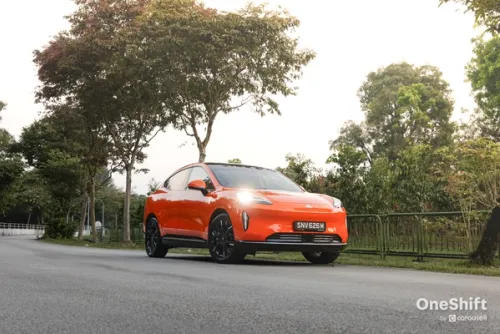62 speakers: the Audi Sound Concept Project
Audi set to raise bench mark and could turn out to be the next revolution in the hi-fi sector


Peter Gleim’s eyes light up when he cranks up the volume. The engineer works in Infotainment Development at Audi in Ingolstadt, where he heads the Audi Sound Concept project. His test subject is a Q7: Standard on the outside, interior modifications have transformed it into a rolling hi-fi studio that takes a radically new approach.
The idea behind Audi Sound Concept is a physical principle called wave field synthesis, which states that the front of any individual wave can also be considered as superposition of individual waves. In the world of acoustics this means that a sound wave can be recreated by a multiplicity of small sound sources placed closely adjacent to one another along the wave front.
The principle was first put into practice by Dutch scientists in the late 1980s, and it can be experienced today in a movie theater in Ilmenau, in the German state of Thuringia. Each of the 192 individual speakers at the Linden Lichtspiele movie theater is driven separately by a fast computer – at the precise moment in which the virtual wave front would pass through its point in space. Some signals are delayed by milliseconds, depending on the location of the speaker. The result is fascinating: Each moviegoer experiences perfect audio spatialization in optimal sound.
One of the driving forces in the field of wave field synthesis is the Fraunhofer Institute for Digital Media Technology (IDMT) in Ilmenau. Audi began its development work in collaboration with the IDMT five years ago. The current status of the project is the Q7 prototype, which is parked in a workshop. A powerful amplifier takes up most of the space in the luggage compartment, and thick cables connect it to three PCs.
Installed in the Audi Q7 are 62 speakers – five woofers and five tweeters plus 52 mid-range speakers in the instrument panel beneath the windshield, in the roof pillars and in the doors. Five units are integrated into each door sill – with Audi-typical perfect workmanship. Specialists made cutouts in the sheet metal, fabricated new bezels and lowered the interior door release handles.
Wave field synthesis is not dependent on special material to demonstrate its strengths, however. It also coaxes entirely new acoustic images out of conventional stereo signals. As Gleim explains, “We can simulate any wave front. With stereo, we can generate a sound as if the two speakers were located far outside the car. And we can also add any desired spatial impression computationally – not as a sound effect, but as a mathematically precise simulation.”
The sample for this is also very convincing. The vocals come from far off to the left, seemingly from the corner of the workshop, with the guitar coming from the other corner. This impression remains the same regardless of whether the listener is behind the wheel or on the back right seat of the Audi Q7. And sound quality is always first class – with sparkling trebles, crystal-clear midrange and dry bass. Even the slight buzz as the guitarist’s fingers hit the strings makes its way to the ear with extreme precision.
“Our goal was to show what is technically feasible; to explore the limits,” explains Denis Credé, Head of Sound Development at Audi. “What we are learning will be integrated into the sound systems of tomorrow. It’s like with racing: A lot of what is first tried out on the race tracks of this world later shows up in modified in production vehicles. The Audi Sound Concept project is like racing for sound systems.”
Credits: wilswong


Get the Best Price for your used car
from 500+ dealers in 24 hours

- Convenient and Hassle-Free
- Consumer Protection
Transparent Process
With No Obligation








